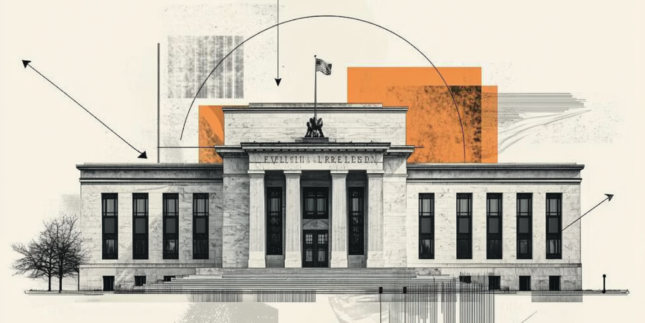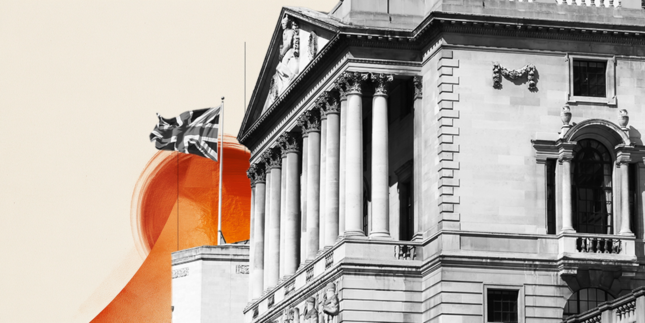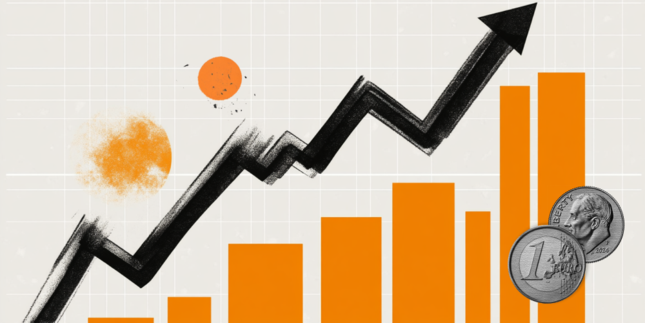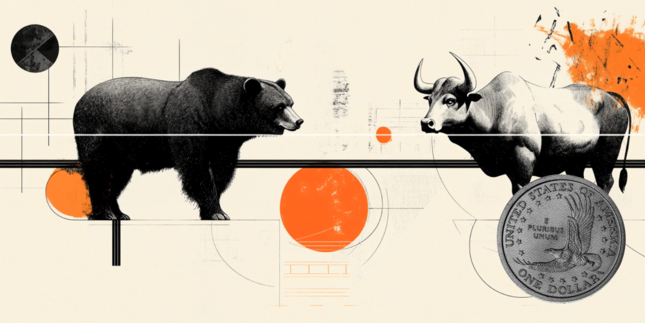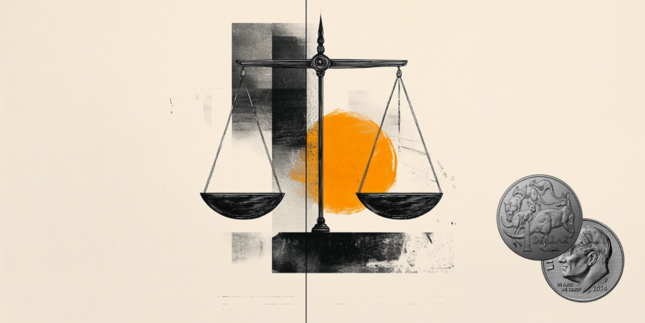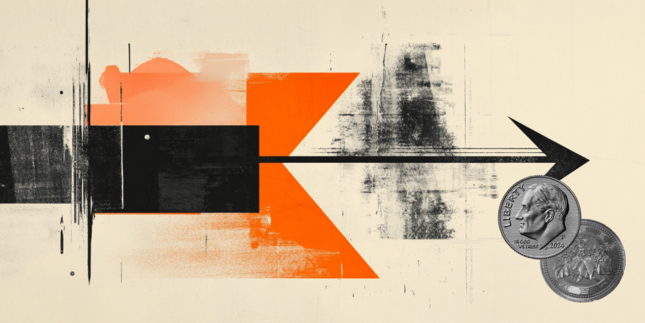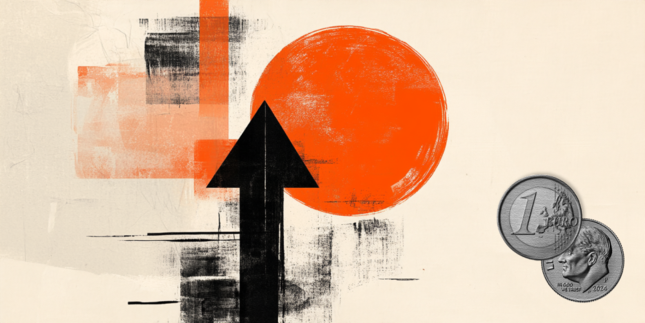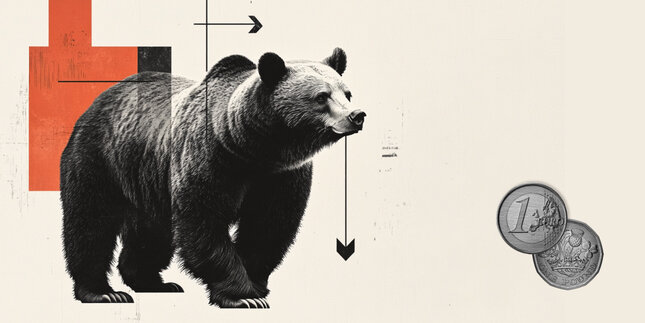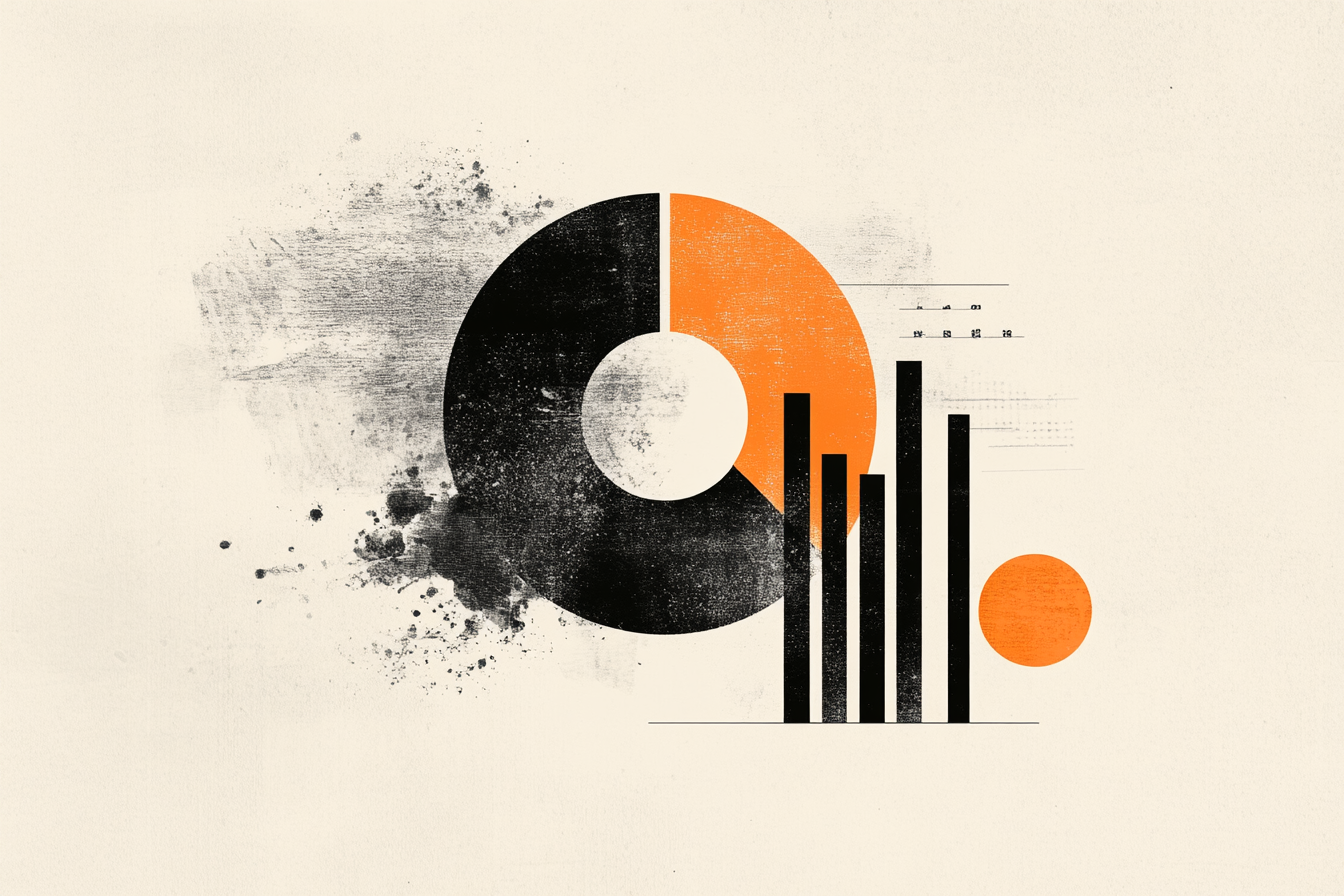USD/CAD jumps as hot US CPI boosts Fed ‘higher for longer’ interest rates bets
- USD/CAD gains sharply to near 1.4340 after the release of the hotter-than-expected US CPI data for January.
- The US core CPI surprisingly accelerated to 3.3% year-on-year.
- US President Trump’s order of 25% tariffs on imports of steel and aluminum weighs on the Canadian Dollar.
The USD/CAD pair climbs to near 1.4340 in North American trading hours on Wednesday. The Loonie pair gains as the US Dollar (USD) strengthens after the release of the United States (US) Consumer Price Index (CPI) report for January, which showed that price pressures rose at a faster-than-expected pace in January.
On year, the headline CPI rose by 3%, faster than estimates and the December reading of 2.9%. The core inflation – which excludes volatile food and energy prices – surprisingly accelerated to 3.3% from 3.2% in December. Economists had anticipated the underlying inflation to rose at a slower pace of 3.1%.
Month-on-month growth in the headline and core inflation was 0.5% and 0.4%, respectively, faster than estimates of 0.3%.
Hotter-than-expected US inflation data has forced traders to pare Federal Reserve (Fed) dovish bets for the June policy meeting. According to the CME FedWatch tool, the probability for the Fed to reduce interest rates in June has eased to almost 35% after the US inflation data release. from 49% recorded on Tuesday.
On Tuesday, Fed Chair Jerome Powell stated in his testimony before Congress that the central bank is in “no hurry to cut interest rates,” given resilient economic growth and sticky inflationary pressures.
Meanwhile, the Canadian Dollar (CAD) remains under pressure as the Canadian economy is expected to face severe consequences of Us President Donald Trump’s order to impose 25% tariffs on imports of steel and aluminum. It is worth noting that Canada is the leading exporter of aluminum to the US.
US Dollar FAQs
The US Dollar (USD) is the official currency of the United States of America, and the ‘de facto’ currency of a significant number of other countries where it is found in circulation alongside local notes. It is the most heavily traded currency in the world, accounting for over 88% of all global foreign exchange turnover, or an average of $6.6 trillion in transactions per day, according to data from 2022. Following the second world war, the USD took over from the British Pound as the world’s reserve currency. For most of its history, the US Dollar was backed by Gold, until the Bretton Woods Agreement in 1971 when the Gold Standard went away.
The most important single factor impacting on the value of the US Dollar is monetary policy, which is shaped by the Federal Reserve (Fed). The Fed has two mandates: to achieve price stability (control inflation) and foster full employment. Its primary tool to achieve these two goals is by adjusting interest rates. When prices are rising too quickly and inflation is above the Fed’s 2% target, the Fed will raise rates, which helps the USD value. When inflation falls below 2% or the Unemployment Rate is too high, the Fed may lower interest rates, which weighs on the Greenback.
In extreme situations, the Federal Reserve can also print more Dollars and enact quantitative easing (QE). QE is the process by which the Fed substantially increases the flow of credit in a stuck financial system. It is a non-standard policy measure used when credit has dried up because banks will not lend to each other (out of the fear of counterparty default). It is a last resort when simply lowering interest rates is unlikely to achieve the necessary result. It was the Fed’s weapon of choice to combat the credit crunch that occurred during the Great Financial Crisis in 2008. It involves the Fed printing more Dollars and using them to buy US government bonds predominantly from financial institutions. QE usually leads to a weaker US Dollar.
Quantitative tightening (QT) is the reverse process whereby the Federal Reserve stops buying bonds from financial institutions and does not reinvest the principal from the bonds it holds maturing in new purchases. It is usually positive for the US Dollar.
Forex News
Keep up with the financial markets, know what's happening and what is affecting the markets with our latest market updates. Analyze market movers, trends and build your trading strategies accordingly.

